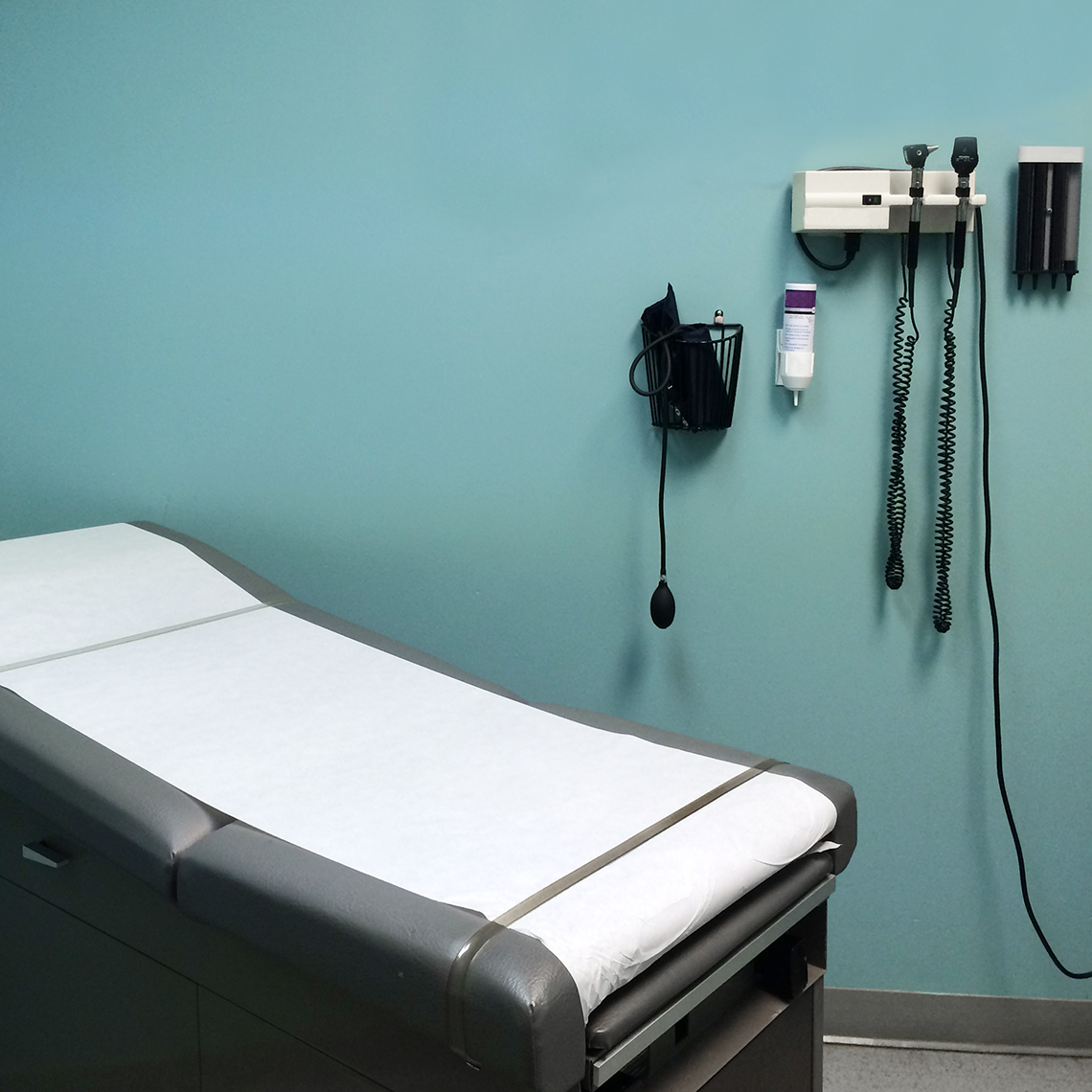Podcast
Adding Structure for Safer Handoffs
Mar 01, 2007

New research underscores the need, effectiveness of formalizing sign-out and discharge summary processes.
Commentators
- Andrew S. Karson, MD, MPH;
Massachusetts General Hospital; Boston, MA - Sunil Kripalani, MD, MSc;
Emory University School of Medicine; Atlanta, GA - Christopher P. Landrigan, MD, MPH;
Brigham and Women's Hospital; Boston, MA
Transcript
Adding Structure for Safer Hand-offs
Even the best care in medicine can be undermined when responsibility for the patient is transferred from one provider to the next. These so-called hand-offs—both within the hospital and upon discharge—are the subject of increasing attention by malpractice insurers and patient safety researchers.
In the Harvard medical system, more than half of the malpractice cases opened between 2001 and 2006 involved hand-offs, and handoff-related cases over the past five years represent more than $173 million in incurred losses.
In late 2006 and early 2007, several published studies identified problem areas and potential solutions. Researchers in Phoenix reported in the journal Academic Emergency Medicine that hand-offs in the ED varied widely; almost three-quarters of the program directors in the study believed standardizing the sign-out system would improve patient care. A University of Rochester Medical Center study in the journal Neurology concluded that about 10 percent of adverse events involving stroke victims arose from communication at the point of patient transfer. The medical center implemented structured hand-off procedures with checklists to address the problem.
Dr. Sunil Kripalani of Emory University School of Medicine authored a literature review in the February 28, 2007 issue of JAMA that focused on discharge summaries. Dr. Kripalani's study found that information is generally not transferred effectively upon discharge; for example, a quarter of discharge summaries never arrived at the primary care physician's office. Summaries commonly did not cover such major areas as medications, pending test results, and counseling to patients. About half of patients experienced a medical error after discharge, and a fifth experienced an adverse event.
“A common example would be a patient who comes in with chest pain but is not felt to require an in-hospital evaluation. If the patient transitions poorly to the outpatient setting, he or she may never get the noninvasive or invasive evaluation for cardiac disease that might be warranted based on their hospital presentation.”
Dr. Kripalani says that hand-offs in any setting can improve with structure.
“I do think standardization is an important approach. Simply relying on physicians to remember to do things has been shown time and time again to not be the best way to provide optimal medical care.”
The study also found that hospitals could choose from a variety of interventions that led to improvement: using patients as couriers to bring their own discharge summaries to their PCPs, applying information technology, and standardizing summary formats. This gives hospitals a chance to tailor the standardization to their organization's resources and culture.
“So some institutions, for example, may choose to give their physicians a pocket reminder card with the different domains that should be dictated into a discharge summary. Others may use the paper form that has certain headings already printed. Other settings may be in a better position to use health information technology to have an electronic template. It is already pre-populated with some of the information in these key domains that has been extracted from the patient's hospital medical record, such as the medications that they were taking, their dates of admission and discharge and their main diagnoses.”
At Massachusetts General Hospital in Boston, Dr. Andrew Karson is Associate Director of the Decision Support and Quality Management Unit. Dr. Karson has led a two-year effort there to get all transitions in care to contain the same key elements and follow the same process steps. An interdisciplinary team from the ED, pediatrics, medicine, surgery and anesthesia identified hand-off issues through staff surveys and literature searches.
Dr. Karson says that the challenge of adding structure and standardization to the hand-off process is akin to promoting hand-washing to reduce infections.
“Everyone knows they should wash their hands or sterilize their hands, clean their hands with the alcohol solution before they go into a patient room and after they leave a patient room. No doctor or nurse would say that's not necessary. They all recognize it is important. The fact that they don't do it all the time means there are other barriers that to improve hand hygiene we have to face in order to make people do what they want to be doing or they know they should be doing. I think the hand-off processes, in my mind, are very similar.”
Dr. Karson's institution adopted a methodology, based on work by Eric Alper of the University of Massachusetts Medical Center. The method is called SEAM.
“Part of the procedure to hand-off should include a summary of the patient’s situation, and 'S' stands for summary, situation and/or status. The 'E' and 'A' of SEAM is to cover every active major clinical issue, including recent changes or anticipated events that you expect during the coverage period. And then 'M' is management and planned next steps related to each active major clinical issue. So the SEAM methodology is something we have tried to embed in our training process.”
A vital process step at the end of each hand-off should be the opportunity for the clinician receiving information about the patient to ask questions—a new requirement of the Joint Commission.
At Children's Hospital in Boston, Dr. Christopher Landrigan has studied hand-offs extensively through his focus on the effects of sleep deprivation on performance. Dr. Landrigan’s work became more pertinent when mandated limits on resident work hours increased the number of handoffs per patient.
“Anytime a patient is transferred from one provider to the next there is the risk of a so-called voltage drop of information, where the person who has been principally caring for the patient for a period of time fails to transmit information in a way that is optimal or accessible to the new provider. And consequently the new provider when faced with an emergency in the middle of the night or the subsequent day or whenever doesn't have some critical piece of data needed in order to care for that patient.”
Dr. Landrigan also advocates use of a structured hand-off process, such as the commonly used SBAR method for content, which stands for Situation, Background, Assessment, and Recommendation.
Formalizing in this way is one step. But Dr. Landrigan says that a stronger approach also re-casts the culture involved in hand-offs.
“What we’ve seen in the past is that we have multiple parallel sign outs that are happening at different levels in the process and that those providers at different levels don't necessarily talk to one another. So, for example, there is a nurse to nurse sign out. There may be an intern to intern sign out, a senior doctor to senior doctor sign out, but those things don't necessarily happen in team format. Sometimes they do, but they don't consistently.”
Having the nurse, junior physician, senior physician, and more than one specialty discipline present at sign-out for every patient would be ideal. That’s not always possible. But Dr. Landrigan says that trying to use more of a team approach to hand-offs can help avoid repetition of the same information and confusion among subsequent providers that impacts care.
“And the problem is when you have different providers with different professional backgrounds and levels of experience signing out independently, you end up with a risk that people’s understanding of a patient varies widely. So, the attending physicians, for example, may have an entirely different impression than the interns because the interns have not conveyed some critical piece of daily data to the attendings or vice versa. The attendings maybe know the patients better longitudinally, but some piece of critical information has not in turn been transmitted to the intern. And so, I think with a real shared formal rounding process that happens probably more frequently than we have it right now, much of that risk can be eliminated.”
According to Dr. Landrigan, identifying key elements and structures for hand-offs should come before applying any technological solutions. He says that once hand-offs are structured and a team approach is developed, electronic tools may help achieve those ends. Computerized records that access administrative and patient data can pre-populate hand-off fields such as demographics and contact information. This leaves clinicians free to highlight orally those things that change, such as assessments, recommendations, and pending test results.
Episodes
Paying for Patient Safety: Solving an ROI Puzzle

Teleradiology Leads Virtual Care Risk in New Study

New Study Finds Outpatient Adverse Events Common, Often Preventable

Taking the Pulse of a Clinician’s Interpersonal Skills
About the Series
We’ve got you.
Our Safety Net podcast features clinical and patient safety leaders from Harvard and around the world, bringing you the knowledge you need for safer patient care.

